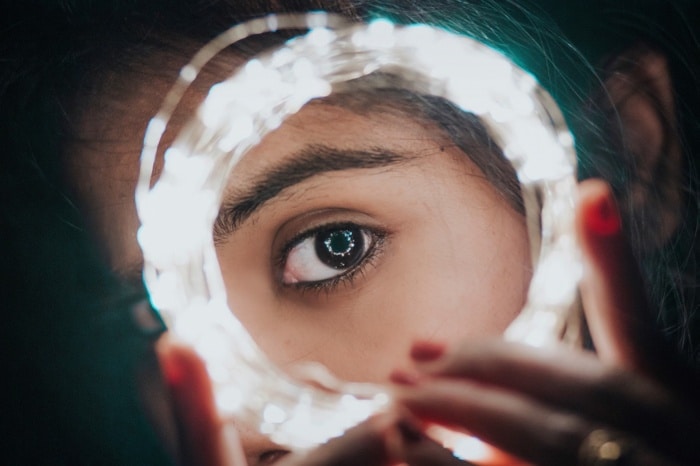
If you’ve struggled with eczema, rosacea, psoriasis, dermatitis, acne, or other sensitive and inflammatory skin conditions, you may have wondered about light therapy.
Is this something that might help, and if so, how can you use it?
What is Light Therapy?
It used to be that light therapy was reserved only for those with serious skin conditions, but it’s become more popular recently as celebrities have started using at-home options to reduce acne breakouts and help hide the appearance of aging.
What most people like about light therapy is that it’s non-invasive, easy to use, and often effective. And while it may have begun in dermatologist’s office, versions of it have now expended to the home, where anyone who wants to can try it.
Also called “phototherapy,” light therapy uses light to provide therapy to the skin. It began as a treatment mainly for psoriasis, but today is used for a number of different conditions, including vitiligo, eczema, and even the skin effects of certain types of lymphoma.
Traditional (not home-based) phototherapy uses UV light for its healing effects. The light waves can stimulate various reactions in the skin that provide a number of health benefits. Dermatologists use three main types of phototherapy to treat skin disorders:
- Broadband UVB: Uses the full spectrum of ultraviolet-B radiation.
- Narrowband UVB: Uses only a small portion of UVB radiation. It’s more intense than broadband and is the most common option used by dermatologists.
- PUVA: This stands for “Psolaren ultraviolet-A” and involves combining UVA light with a certain kind of chemical called psoralen. This makes the skin more sensitive to the light. This treatment has more side effects than the other two and is reserved only for those who didn’t have good results with other treatments.
Though light therapy is usually effective for a variety of skin conditions, it does require a series or “course” of treatments. After completing a treatment course, some individuals may experience a remission of their skin condition. When the condition returns, treatment can begin again.
Are At-Home Light-Therapy Devices Worthwhile?
If you’ve been following those celebrities using light therapy to get that youthful glow, you’re reading about a different type of light therapy than what dermatologists use. These at-home units use LED light rather than UV light to create their effects.
That’s why they are safe for regular use—they are much less potent or intense than the treatments you can get in a dermatologist’s office. Professional therapy devices are stronger, and will likely create greater benefits, but at-home devices have their uses too.
If you’re struggling with a serious condition like psoriasis or eczema, it’s best to seek help from your dermatologist. But if you’d like to reduce your acne breakouts, tighten your skin, reduce the appearance of fine lines and wrinkles, or continue a dermatologist’s treatments at home, LED therapy may be right for you.
Using varying LED (light-emitting diode) wavelengths, at-home treatments can help boost the results you’re getting from your skin care and anti-aging treatments.
- Amber light helps stimulate collagen and elastin production, helping to firm skin and reduce the appearance of fine lines and wrinkles.
- Red light helps promote increased blood circulation to the skin, reduces inflammation, and seems to stimulate the skin’s mitochondria, making older cells act more like younger ones. It’s thought to have potential in treating rosacea and wrinkles.
- White light penetrates deeply to tighten and reduce inflammation, helping improve skin conditions like eczema and psoriasis.
- Blue light targets the oil glands and is thought to help make them less active. It also helps kill bacteria, reducing acne breakouts.
Most LED devices use a combination of different wavelengths to create results. During a series of treatments, LED therapy sends light waves deep into the skin to trigger these various reactions.
Dermatologist offices are also using some LED types of light therapy—that is more potent than that created by at-home devices. In-office therapy often involves up to 10 sessions.
At-home light therapy devices create less dramatic results but are safe and unlikely to cause side effects. If you use anything that increases your skin’s sensitivity to light (like retinol and alpha-hydroxy acids), do be cautious of redness and scarring.
If you decide to use an LED at-home device, read the instructions carefully and understand that you’ll probably need to use it daily on a clean, makeup-free face to see results.
Have you tried an at-home light therapy device?

